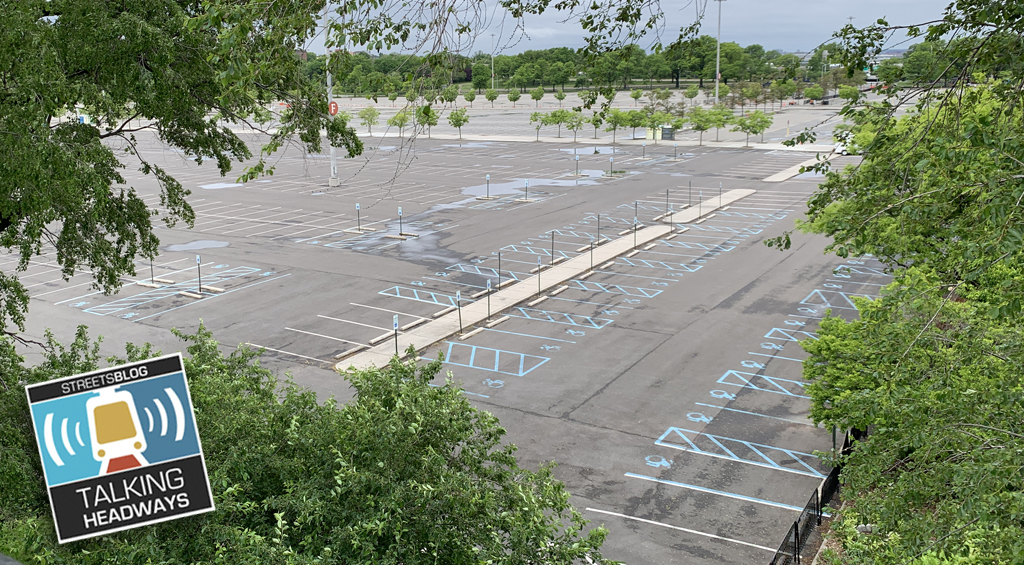As any seasoned urban planner will tell you, hell hath no fury like a homeowner faced with a nearby zoning change.
The NIMBY is a familiar villain in the death of many a thoughtfully-conceived project that could have made a suburb more walkable or a city more vital. So today on the Network we're highlighting a post from Daniel Nairn at Discovering Urbanism that examines reflexive opposition to new development in people's backyards. If we want more livable neighborhoods, says Nairn, it's time we all become YIMBYs:
Suppose you’re a homeowner in a nice, classic inner suburban neighborhood. There’s a little bit of vacant land down the street from you, and rumors are going around that some developers have their eyes on it for new homes. Your neighbors are looking into their legal options for stopping any construction from happening before it’s too late. They ask you to sign a petition they are bringing to city hall. Do you sign it?
You already like where you live – that’s why you chose it – but you wonder why it couldn’t become an even better neighborhood. You want to show solidarity with your neighbors, but there’s a selfish voice in the back of your head saying: maybe I want a few more homes or even a store on my street. It’s true that the residents of these new homes may be criminals, but that’s not very likely. Most people are decent. You realize that it’s far more likely these new neighbors will call the police on someone breaking into your house than actually try to break into your house themselves.
Remember, your property values are determined by what some anonymous future buyer wants in a neighborhood, not what you want in a neighborhood. Maybe you should just join the angry crowd at the public hearing, if only to protect your largest financial investment and keep your options open when it's time to move. But here’s the bewildering paradox: for all the resistance, there’s actually a huge latent demand for walkable urban neighborhoods not unlike what yours could become. New neighbors and services are more likely to help than hurt your nest egg.
YIMBYs, perhaps, won't be as likely to storm City Hall with hyperbolic claims. But a few rational voices from within the community can help appeal to the better judgment of local decision makers. As Nairn points out, we shouldn't be afraid to stand up for new development, particularly if it will benefit local businesses, make transit more viable and otherwise increase urban amenities.
Elsewhere on the Network today: New Haven Safe Streets Coalition outlines the public outcry in the face of inaction over a dangerous rail crossing where several people have recently been injured. Walk-Bike New Jersey questions whether a proposed 3-foot-passing law will provide the proper protection for cyclists.






